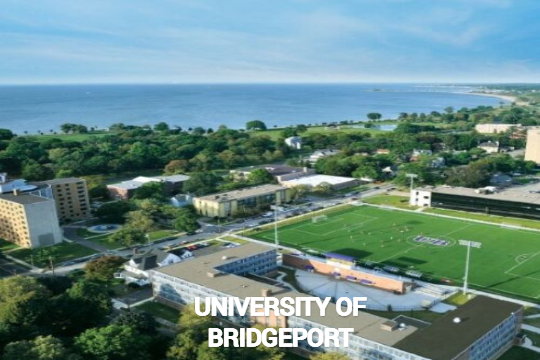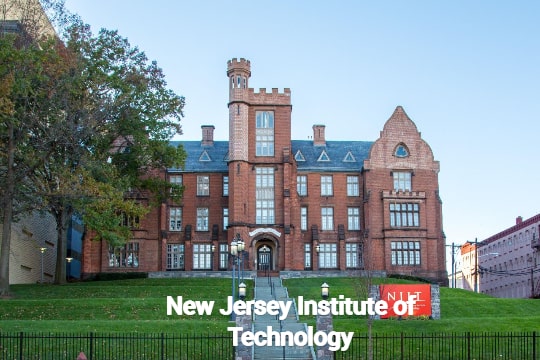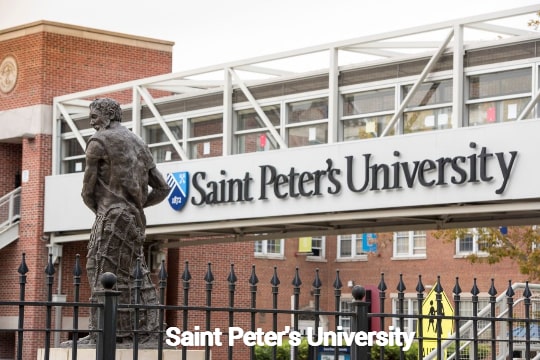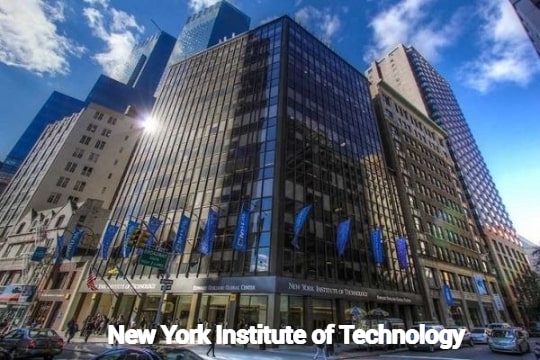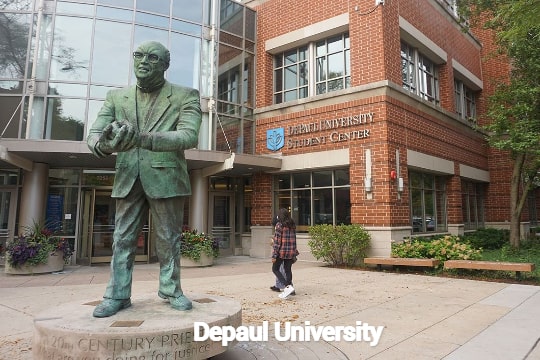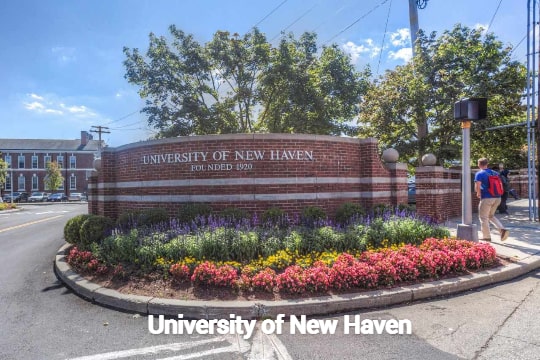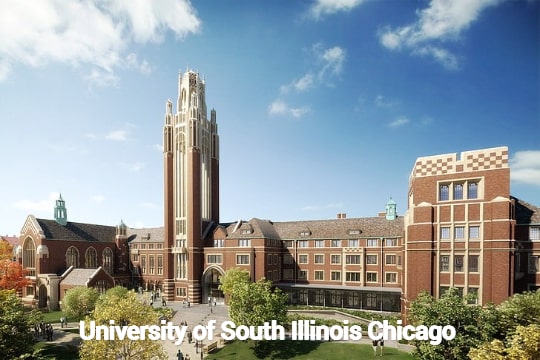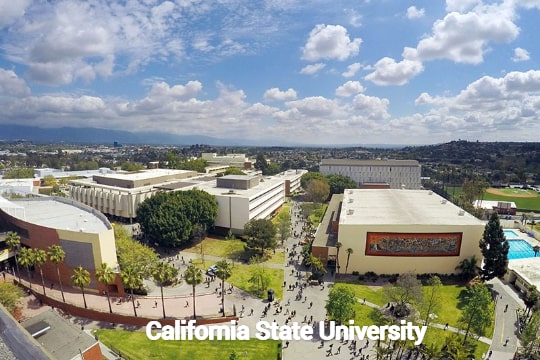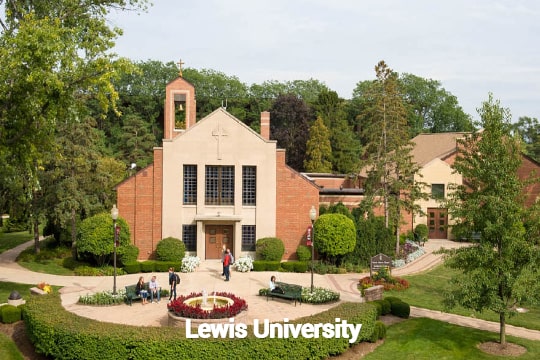Welcome to Maven Consultancy Services
Irrespective of problem-areas, the United States of America (USA) will (most probably!) be the hottest destination for Indian and international students. It is not difficult to determine why. The quality of education, wide-ranging specialties, flexibility, large campuses, friendly professors, funding and international opportunities are only but a few of the reasons for attracting the elite students from throughout the world. It is not so easy to dislodge the pre-eminent position of US as the ‘land of opportunities’.
There are more than 3,800 universities and colleges in the USA, offering right from short-term certificate programs to Post-Doctoral level degrees. Most students prefer to study in the USA at either the Bachelors level or Masters and beyond. Master’s level is the most popular among Indian students who would like to chalk their career plans for higher education. More than 78% of Indian students apply for Master’s level programs in US universities.
At this level, Engineering and its specialties (MS) are most popular, followed by Management (MBA) and other subjects like Pharmacy, Public Health, Physiotherapy and other programs. Each of the specialization has its own typical requirements for application, admission and all aspects further education in USA. Through the links on this pages and elsewhere on our site, Nags will demystify the process of studying in USA.
USA, the country which has experimented with democracy for more than 200 years is strong economically as well as culturally today with the base being the immigrants.
The United States has more institutions of higher education than any other country, but despite the numbers it is the quality of education provided by these academic bodies which is acknowledged worldwide. The teaching forces of these institutions are leading authorities in their respective fields. The quality of the research program along with the resources available and the faculty ensures that the institutions have high standards.
More than 4000 institutions offer undergraduate, masters and doctorate degrees in many different specializations. The USA education system has strong academic & social environment which fosters academic, professional and personal development of individuals. Financial Assistance The education definitely falls in the category of value for your money. USA education is the best investment for the future. A wide spectrum of tuition fees, accommodation options & financial help from the institutions in the form of scholarships, fee waivers, aid etc. makes USA education affordable.
USA is known for its latest technologies and advancement which gives the student a very good chance to make his/her future in these fields. USA has always been a hub of inventions. Students therefore have first-hand knowledge about cutting edge technologies coupled with excellent research opportunities.
The USA education system is flexible in terms of choice of courses within a college or university. During the course of study, a student can transfer from one course/stream to another or one institution to another. This aspect of the USA education system makes it distinct from other countries.
International students from all over the world choose to study in the USA because an American education is the best preparation for their future. It becomes all the more within your means with financial aid, scholarships and assistantships on hand. At the same time students are allowed to work 20hr/week during their course and 40hr/week during vacation which helps them to earn and learn.
Amongst the top ranking colleges world-wide, majority of them are in USA. These colleges and universities rank high in world rankings because of their infrastructure, technological advancement and top quality of education provided by them.
The best approach of the USA education system is that it allows one to learn and earn. This not only gives one, a thorough knowledge of the subjects, but also teaches one to have a practical & professional approach. It gives better growth prospects worldwide.
After course completion a graduate if a candidate doesn’t has a job offer, he/she can apply for optional practical training (for a duration up to 1 year). It’s just a temporary employment for practical industry exposure. Also, a person can stay up to 2 months (60 days) in the US even without a OPT or work offer. Some of the top Universities for International students are MIT, Stanford, Harvard, Caltech, Princeton, Cornell, Yale, Columbia, etc. All of these universities rank in top 20 universities all over the world. There are many other universities which are equally famous, some of which are JHU, Duke, New York, University of Pennsylvania & Michigan, etc.
Some of the requirements for a F-1 visa are a valid passport (with minimum 6 moths validity), DS-160 & I-20 forms. Also required are recent photographs, fees receipt (SEVIS), and a non-immigrant form and any other institute specific documents.
The duration of master’s courses may range from a year to two depending on the university & your area of specialization. The binding requisite for Masters is the 16 year of education criteria. Students with Bachelors in Engineering are qualified whereas the students with B.Com, B.Sc., and B.A need to complete at least one year of Masters, post graduate diploma is also accepted by some specific institutions for specific programs. While 16 years of education is the major criteria, few universities do accept students with 3 years Bachelors degree for certain Master programs. Exams required are GMAT for management related subjects / GRE for arts, science or any other subjects and TOEFL/ IELTS exams for admission.
Commonly known as PhD. Duration of the same may range from 3 years to 5 years. Students can take admission for a PhD only after completion of their master’s degree. PhD students need to submit a research proposal as well have to appear for GRE/GMAT & TOEFL/IELTS exams for admissions.
It's a type of non immigrant visa. It allows the dependents of a F1 visa holder to enter the USA. Spouses or children under 21 years of age & unmarried are considered dependents. There are some eligibility criterias which must be fulfilled by a candidate to get F2 visa. The candidate should be financially independent and should have relevant documents showing relation to the F1 visa holder. Also DS 160 and i20 forms are required. Photo copies of documents like Passports and i20 form of both the F1 visa holder and his or her dependent is required to be submitted. The validity of the F2 visa holders passport is completely dependent of F1 visa holders validity. You would be needed to fill the I 539 form. This also applies on the green Card status. F2 visa holder can very easily changed the status of your visa from F2 to F1 either by getting a job or enrolling in a higher education program of any American University. Also a F2 visa holder is allowed to access the healthcare services of the country. But he or she is not eligible for getting a SSN. Neither is he or she can enter US if the person they are dependent on isn't already present on American soil. F2 visa holder cannot pursue UG or PG degree program but can enroll himself or herself in non academic training courses. Children can enroll themselves in schools upto high school level.
It’s a non-immigrant visa for students who want to pursue higher education in the country. Permanent residents of other countries who had applied to a non-academic course can get a M-1 visa. A person may be eligible for a Driver’s License, Bank & healthcare services and may also work under some conditions. It’s type of visa mainly for full time vocational courses in the US. Also, arrival of dependents of a M-1 visa holder is allowed. But there are some restrictions which one must strictly follow: An M-1 visa holder cannot work at a job outside university campus. Also, a student cannot change his school after 6 months of the course. After the course, one can apply for further UG level courses. Students can arrive in the USA with an M-1 visa and obtain their full-time vocational studies. Basic English proficiency, and financial independence, I-20 form are some of the basic eligibility criteria. Some of the Required documents includes passport(minimum 6 months validity), DS-160 form, Official Visa confirmation Letter, Academic certificates & Bank statements(Financial Independence). Fees Submission Receipts and photographs are the basic requirements.
This a type of dependent visa issued to dependents of a M-1 visa holder which allows unrestricted travel in and out of the country. But before entering the country you must verify that you won’t be staying permanently in the country and that you are a dependent of a M-1 visa holder. The dependent can be a spouse or unmarried child below 21 years of age. With an M-2 visa, you can pursue a degree at secondary level or vocational schools. The validity of the visa is solely dependent on the validity of the M-1 visa holder on which he/she is dependent on. There are also some restrictions for a M-2 visa holder like ineligibility to join any American University or join jobs.
The J-1 visa is a type of Exchange Student Visa for international students to hone their skills & gain relative work experience with the help of internships. However there are multiple restrictions attached with this type of visa, which includes that the student needs to be proficient in English language and that the candidate is to leave the country within 30 days of the course completion and also the student cannot accept job opportunities in the country. The student can gain internships (paid or unpaid) in multiple fields some of which are Agriculture, Hospitality services, Engineering, Forestry, Arts, etc.
This is a type of dependent visa (USCIS). It is issued to dependents of a J-1 visa holder who want to enter the country to meet or live with a J-1.
